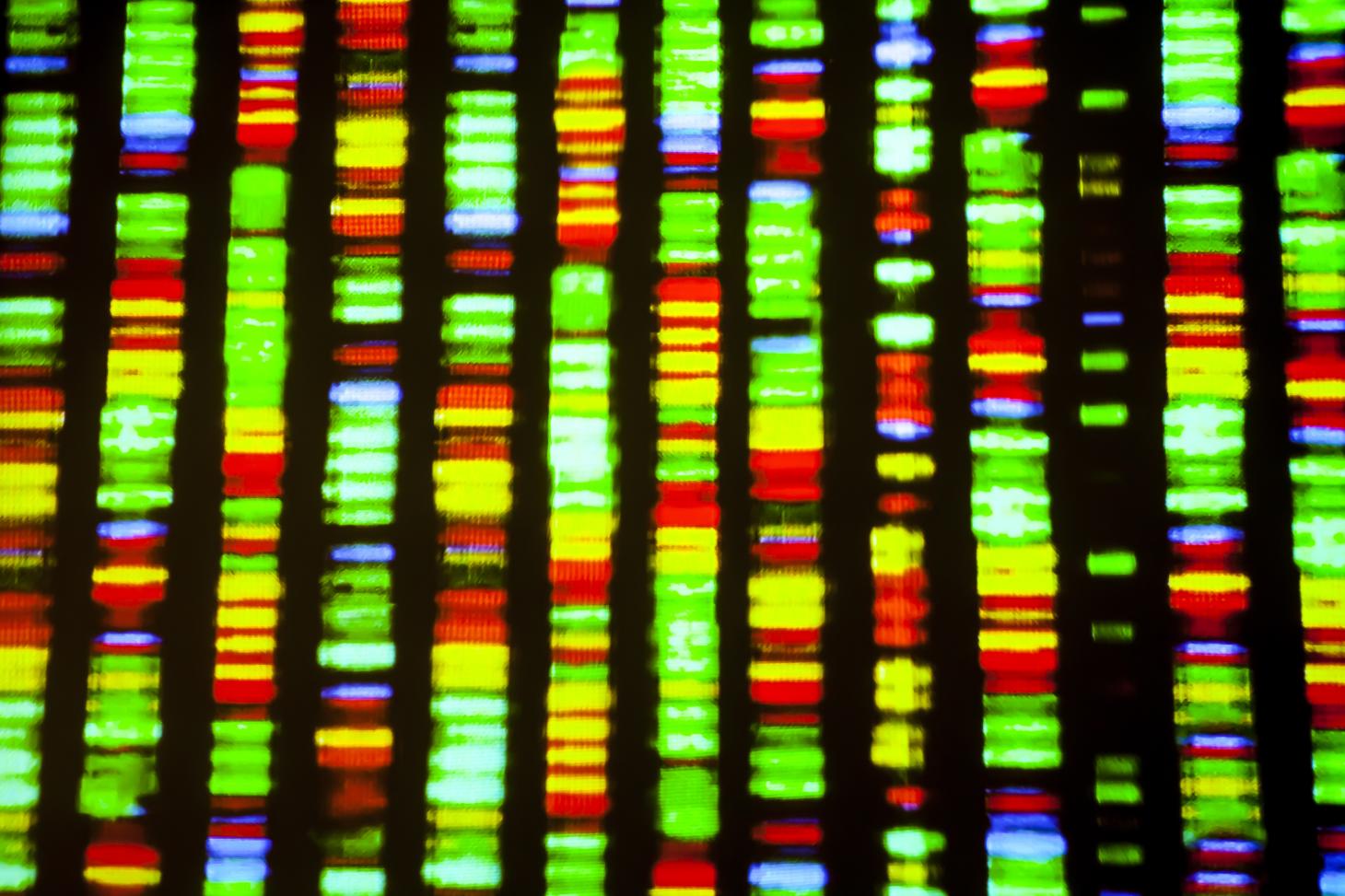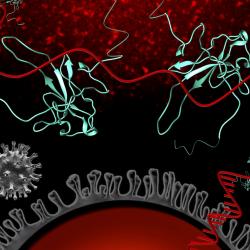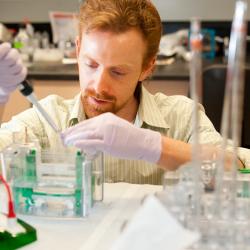Our internationally recognized Biochemistry and Biophysics graduate program is a highly interdisciplinary teaching and research program with about 30 graduate students and 25 faculty. Our faculty and students frequently collaborate with scientists from the Colleges of Agriculture, Forestry, Pharmacy, Veterinary Medicine, Engineering; the Departments of Chemistry and Nutrition; and other applied sciences across campus and beyond. The biochemistry and biophysics graduate program has a cutting-edge experimental focus on solving significant research questions on myriad molecular mechanisms underlying life and disease and creating marketable innovative technologies.
Our master’s and Ph.D. students are mentored and trained by faculty experts in several areas of biochemistry and molecular biophysics, including structural biology; enzymology; metabolic regulation; signal transduction; protein chemistry; gene expression; epigenetics; bioinformatics; cell cycle control; and cell movement and adhesion. Graduate students can pursue computational training and research at the Center for Genome Research and Biocomputing and use the facilities at the Linus Pauling Institute. In addition, researchers have access to facilities that include confocal and laser dissection microscopy, flow cytometry, X-ray crystallography, NMR, mass spectrometry and analytical centrifugation.
The biochemistry and biophysics department is committed to graduate education and research, and offers financial support to all Ph.D. students. Biochemistry and Biophysics doctoral students receive a generous 12-month stipend, a full tuition waiver and a medical insurance plan that includes dental and vision coverage. In addition, several of our students have been awarded fellowships from the university or funding agencies such as the American Heart Association (AHA), the National Science Foundation (NSF) and the National Institutes of Health (NIH). Our graduate students enjoy tremendous success, finding employment in academia, pharmaceutical and biotechnology industries as well as national labs and research institutes.






